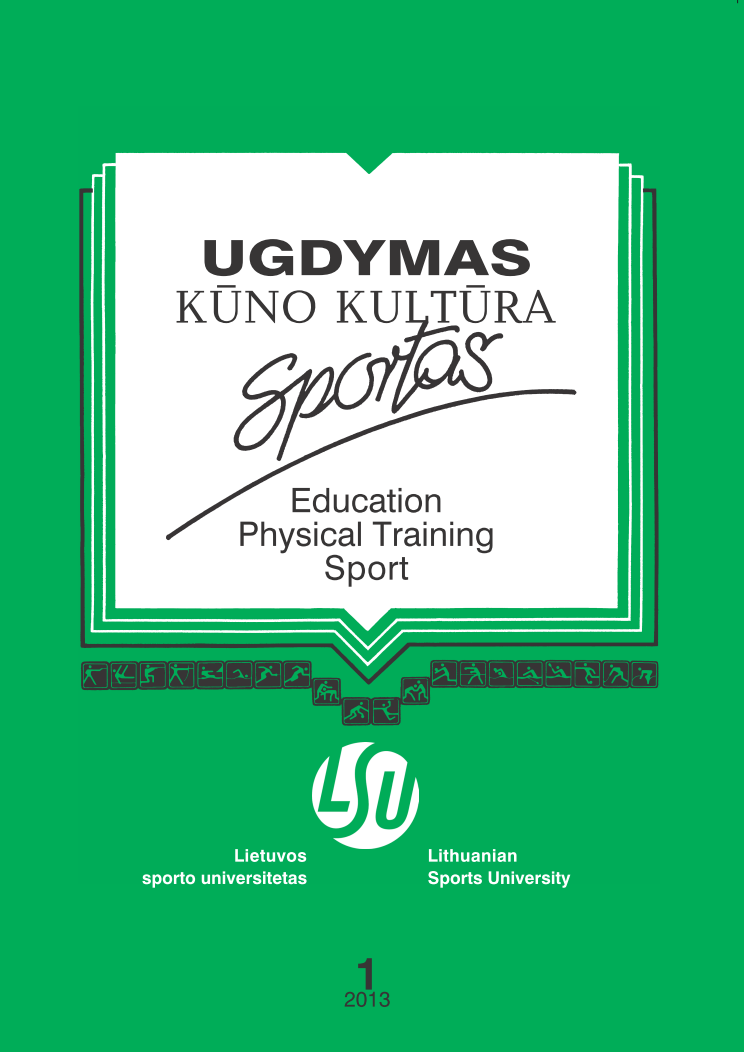Differences of Age and Gender Related Posture in Urban and Rural Schoolchildren Aged 7 to 10
Abstract
Research background and hypothesis. Postural disorders appear to be one of the biggest health threats in
Lithuania. Especially significant alterations in children’s health-related behaviour emerge when they start going
to school. These changes in their daily routine are often faulty and may lead to the deteriorating health condition.
Postural abnormalities need to be corrected as early as possible before they become permanent. According to some
authors, rural children are more physically active compared to city children, therefore it is interesting to identify is
there is any difference in body posture in rural and urban schoolchildren.
Research aim was to assess and compare posture in urban and rural schoolchildren aged 7 to 10.
Research sample: 248 schoolchildren (109 – from urban area; 139 – from rural area).
Research methods. Posture of rural and urban schoolchildren was assessed using W. K. Hoeger’s method.
Alignment of ten body segments was visually evaluated in a frontal (head, shoulders, spine, hips, knees and ankles)
and sagittal (neck and upper back, trunk, abdomen, lower back, legs) planes.
Research results. There were no significant differences (p > 0.05) in total posture score between girls
(41.80 ± 6.87) and boys (40.62 ± 7.13). Girls and boys from the rural area had significantly (p < 0.05) higher total
posture score than their counterparts from the urban area.
Discussion and conclusions. There were no significant differences in total posture score between girls and boys.
Regardless of age and gender, schoolchildren from rural area had better posture than children from urban area.
Keywords: alignment of body segments, area of residence, children’s posture.
Downloads
Published
Issue
Section
License
Copyright (c) 2018 Baltic Journal of Sport and Health Sciences

This work is licensed under a Creative Commons Attribution 4.0 International License.






